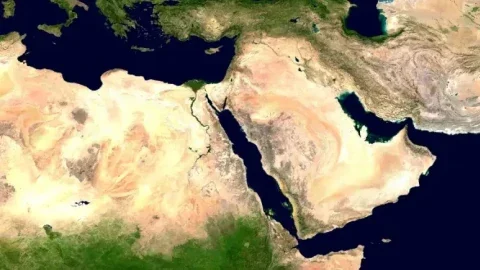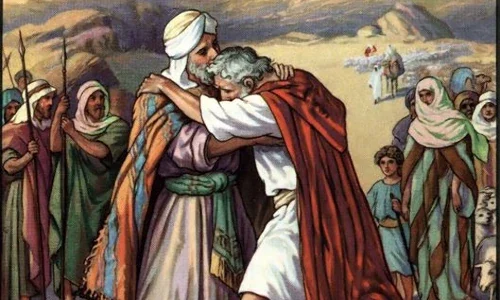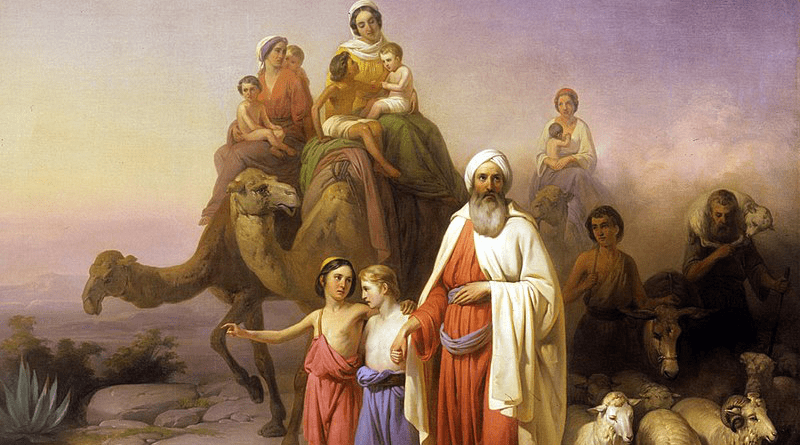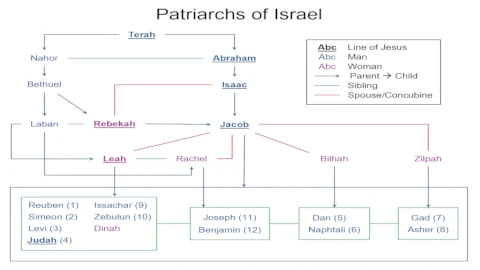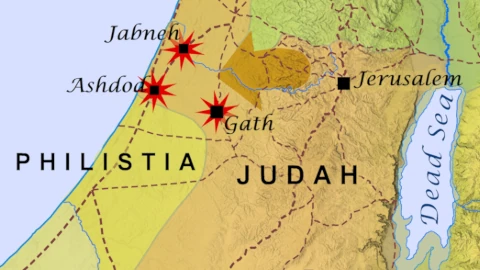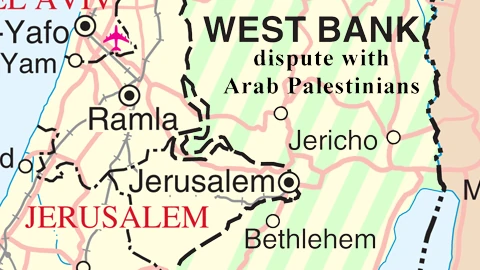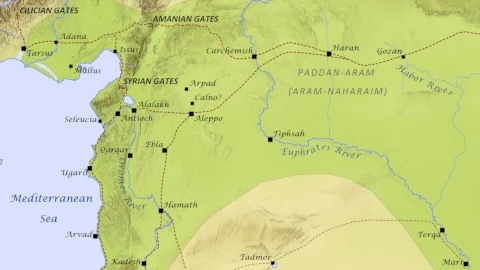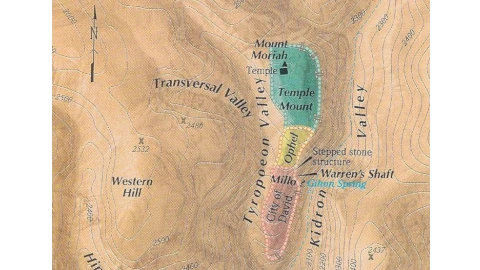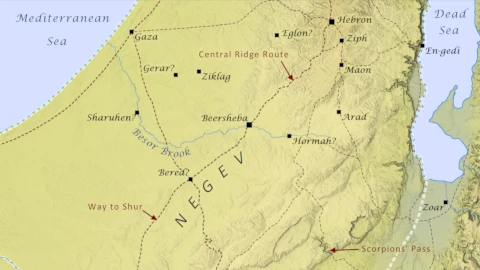Study Type: Reference
Handouts, maps, genealogies, timelines, etc.
This map shows the territories of the Northern Kingdom of Israel, the Southern Kingdom of Judah, and the surrounding peoples during the reigns of Uzziah (a.k.a. Azariah) King of Judah and Jeroboam II King of Israel circa 780-740 BC. Significant events during the reigns of these two kings are also annotated.
This map shows the northern reaches of the Tigris and Euphrates rivers and the so-called “fertile crescent” of Mesopotamia that lies between them. Also shown are Haran the ancestral home of Abram in the region of Paddan-Aram, and some of the other ancient cities of the northeast Mediterranean basin.
Jerusalem is built upon a cluster of seven hills in the Judean mountains about 30 miles east of the Mediterranean and 20 miles west of the northern shore of the Dead Sea. The elevation of the city varies from just over 2000 feet at the bottom of the Kidron Valley to over 2700 feet at the peaks of the Mount of Olives and Mount Scopus (not shown on this map). The topography of the area has been greatly changed by people through history. Originally, Mt. Moriah and Mt. Zion (labeled City of David on this map) were separated by a shallow depression which was later filled in by large earthworks – the Millo and the Ophel. Then a man-made platform built with large stone vaults was constructed on Mt. Moriah forming the “Temple Mount” we know today – the largest man-made platform in the world (150,000 square meters, 37 acres).

